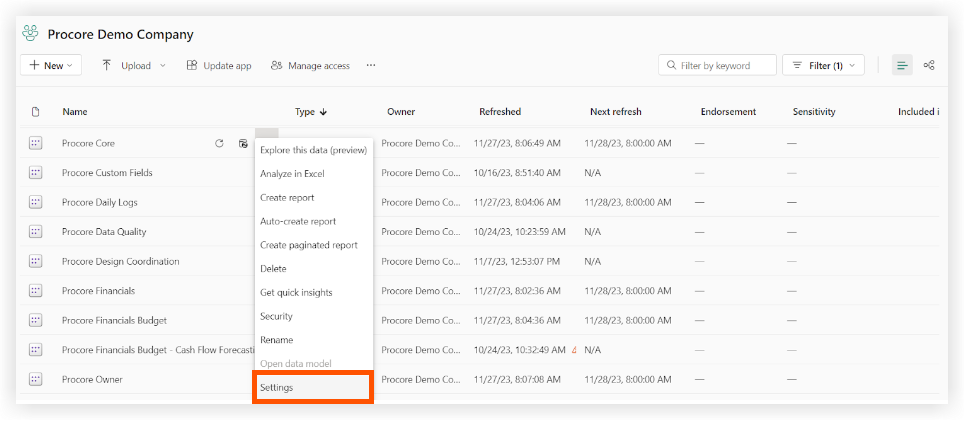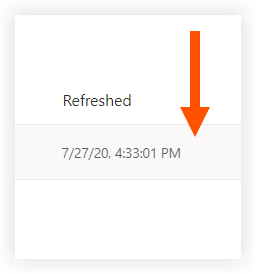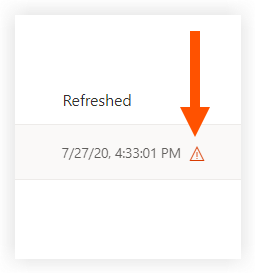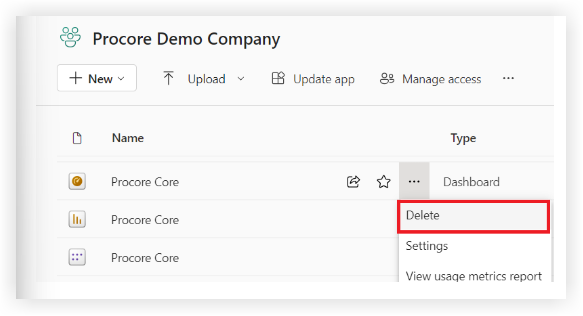Upload Your Company's First Procore Analytics Files to the Power BI Service
Objective
To upload your company's first Procore Analytics files to the Power BI service.
Background
This tutorial covers information about uploading your company's first version of one or more Procore Analytics files to the Power BI service. If your company has already uploaded a previous version of a Procore Analytics file and you want to replace that file with an updated version, see Upload Updated Procore Analytics Files to the Power BI Service.
Steps
- Download a Procore Analytics report file from the Google Drive location provided to your company by the Procore Analytics team.
- Log in to the Power BI service at https://app.powerbi.com/ using your Power BI login credentials.
- Create a workspace where you want to store your company's Procore Analytics reports. See Microsoft's Power BI support documentation for more information.
- In the workspace, click Upload.
- Click Browse.

- Select the report file from its location on your computer and click Open.
- After uploading the file, click Filter and select Semantic Model.

- Hover your cursor over the row with the report's name. Click the vertical ellipsis
 icon and click Settings.
icon and click Settings.

- On the settings page, click Data source credentials and then click Edit Credentials.
- In the 'Configure [Report Name]' window that appears, complete the following:
- Server: This field is filled in automatically with 'constructionbi.database.windows.net'.
- Database: This field is filled in automatically with 'Procore'.
- Authentication method: Select 'Basic'.
- User name: Enter the user name provided to your company by the Procore Analytics team.
- Password: Enter the password provided to your company by the Procore Analytics team.
- Privacy level setting for this data source: Select the privacy level. We recommend selecting 'Private' or 'Organizational'. See Microsoft's Power BI support documentation for more information about the privacy levels.
- Optional: Mark the 'Report viewers access this data source with their own Power BI identities in DirectQuery mode.
- Click Sign in.
- Click Scheduled refresh and complete the following:
- Click the 'Keep your data up to date' toggle to the ON position.
- Refresh frequency: Select 'Daily'.
- Time zone: Select the time zone you want to use for scheduled data refreshes.
- Time: Click Add another time and select 7:00 a.m.
- Optional:
- Mark the 'Send refresh failure notifications to the dataset owner' checkbox to send refresh failure notifications.
- Enter the email addresses of any other colleagues you want the system to send refresh failure notifications to.
- Click Apply.
- To verify that the settings were configured correctly and that the report's data will refresh properly, return to the 'Filter and select Semantic Model' page and complete the following steps:
- Hover your cursor over the row with the report's name and click the circular arrow icon to refresh the data manually.

- Check the 'Refreshed' column to see if there is a warning
 icon.
icon.
- If no warning icon displays, the report's data was successfully refreshed.

- If a warning icon displays, an error has occurred. Click the warning
 icon to see more information about the error.
icon to see more information about the error.

- If no warning icon displays, the report's data was successfully refreshed.
- Hover your cursor over the row with the report's name and click the circular arrow icon to refresh the data manually.
- To delete the blank dashboard the Power BI service created automatically, complete the following steps:
- Hover your cursor over the row with the dashboard's name. Click the ellipsis
 icon and click Delete.
icon and click Delete.

- Hover your cursor over the row with the dashboard's name. Click the ellipsis
- To verify that the report renders properly, navigate to the 'All' or 'Content' page and click on the report's name to view the report in the Power BI service.
Tip
Reference the 'Type' column to ensure you click on the report instead of a different asset.

- Repeat the steps above for each Procore Analytics report file.

